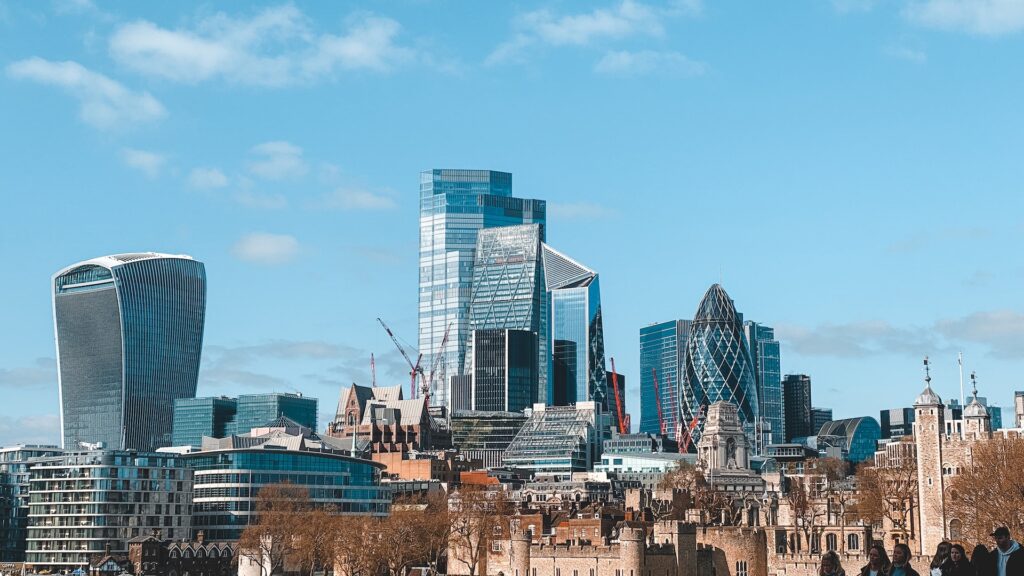If you struggle with understanding the clauses in a commercial lease, you won’t be the first one. The following is a comprehensive commercial leasing glossary containing the standard terms you will find in a legally binding contract between a landlord and tenant.
The definitions will help you learn the terminology and language used in a commercial lease agreement. Furthermore, with what the common terms mean throughout the term of the agreement for both a landlord and tenant.
WHAT IS A COMMERCIAL LEASE AGREEMENT?
A commercial lease is an agreement that’s implemented when a landlord rents a commercial property to a tenant. The tenant intends to use the premises to conduct their business operations for the duration of the lease. Commercial leases can vary between the three main subsectors of commercial real estate: office, industrial, and retail. The agreement is a legally binding contract between a landlord and the tenant.
COMMON SECTIONS IN A COMMERCIAL LEASE
Understanding the terminology of your commercial lease provided to you by your lawyer is critical. Items that are generally considered ‘lease essentials’ are as follows:
Commercial lease term
The lease term is set out in the particulars of the agreement, starting with a commencement date. There is a minimum period of time during which the tenant has exclusive use of the premises. After which, there is the ability for both parties to renegotiate terms or vacate.
A standard commercial lease duration is either ‘3+3’ or ‘5+5’ years. This means an initial term of either three or five years, with the option to renew for the same period. The renewal period will be substantially the same as the initial lease. Commonly, rent and management fees are the only aspects that can change at the renewal stage.
Commercial leases tend to be much longer than residential real estate leases.
Parties
Names, addresses, and contact details of the lessee, lessor, and any guarantors
Leased Premises
Specific details of the property or premises included in the commercial lease. Such as easement rights, car parking spaces, lifts or stairs, toilets, etc.
Lease Renewal Option
The lessee may have the right to renew the lease at the end of the term if the initial term is 3+3, for example. We mention this in the commercial lease term section. Furthermore, in the UK, the Landlord and Tenant Act 1954 governs the right to renew commercial leases. Before the commencement of the lease, both parties need to sign a document stating whether the lease includes the 1954 Act or not. The Act provides commercial tenants with security of tenure and the automatic right to renew each lease. The landlord can only regain possession by providing genuine intention to redevelop the property. By contracting out of the 1954 Act or not agreeing to renew in the initial negotiations, you leave the renewal option in the control of the landlord.
Within the option to renew, there is a timeframe where the landlord needs to be notified of the tenant’s intent to exercise their right to renew. Failure to notify the landlord correctly will result in a loss of rights, negotiation power, and, in high-demand locations, the space entirely.

Security deposit
Most landlords will demand a security deposit on the premises. Depending on the tenant’s covenant and the nature of the business, this deposit could range anywhere from 1 to 12 months’ rent. Moreover, some landlords may also insist on guarantors for the lease for additional security.
Escalation of rent
Escalations in the form of rent reviews are negotiable in lease discussions and can occur at specific dates in the term of the lease. Normally falling on the anniversary date of the lease or for longer leases, intervals of every 3 to 5 years are not uncommon. The most common rent review methods are:
- The use of market indicators such as CPI or CPI+ a percentage (e.g., CPI + 2%). The relevant clause in the lease should state which specific consumer price index the review relates to. Commonly used for annual reviews.
- Fixed increases such as 3%, 4%, and 5% commonly occur on an annual basis.
- A standard market review. There are normally experienced landlords and tenant brokers representing each party. This is a negotiation of comparable evidence that reflects the current market conditions for the property. This is a mutually agreeable figure between the two parties. If there is no agreement made, then alternative dispute resolution should be used. Within the lease, there can be limits on how high or low the rent can go at these reviews. These are known as rental caps and rental collars. This type of review is commonly used for longer tenancies, with review intervals of 3 to 5 years.
- Some tenancies can have a combination of yearly escalations and a standard market review in the same tenancy. For example, a lease could have a fixed term of 10 years with yearly escalations of 3% and a market rent review at years 3 and 7 in order to bring the rent in line with the market at certain stages in the lease term.

Permitted use for the commercial lease
The authorised use of a building could be as simple as ‘commercial office’ or as specific as an optician’s that sells frames, lenses, sunglasses, and related accessories. Large landlords control the permitted use to maintain balance and competition in the building or area.
From the tenant’s side, an exclusivity clause can be negotiated into the lease to prevent the landlord from leasing adjoining spaces to competitors. This is common in retail properties and with government tenants. This will not always be approved by the landlord, as it is restrictive.
Termination Clauses
The circumstances under which the lease may be terminated prior to its natural expiration are as follows:
Tenant termination clauses: This can be in the form of a negotiated break clause at a specific date in the term. This clause will also detail the notice period required by the tenant and whether the landlord can have access to relet during the notice period. Other options set out in the lease would include the right to sublet part or all of the premises. Furthermore, whether the tenant can negotiate a pay-out figure to end the lease early.
Landlord termination clauses: The landlord can also have a break clause within the lease at a specific time in the term. Furthermore, the lease should outline events that result in an automatic default under the lease; some common examples of this include the tenant filing for bankruptcy or the unauthorised use of the premises.
Landlord contributions or tenant incentives
Details of any financial or non-financial incentive provided by the landlord to the tenant to assist in the lease contract negotiations. Alternatively, this can also be in a separate document, so the incentives can’t be easily accessible to the rest of the market.
Operational clauses in a commercial lease
Outgoing clauses: the responsibility of common area lighting, security, cleaning, maintenance, lifts, and air conditioning.
Utilities: Who out of the landlord and tenant is responsible for the utility expenses?
Lessee/lessor repair obligations: Detailed clauses outlining the obligations and responsibilities of each party to maintain the internal, external, and insurance aspects of the property. Furthermore, the reinstatement standards and specifications for the premises at the end of the lease. Moreover, how long can the landlord hold the security deposit after the lease before releasing it back to the tenant?





